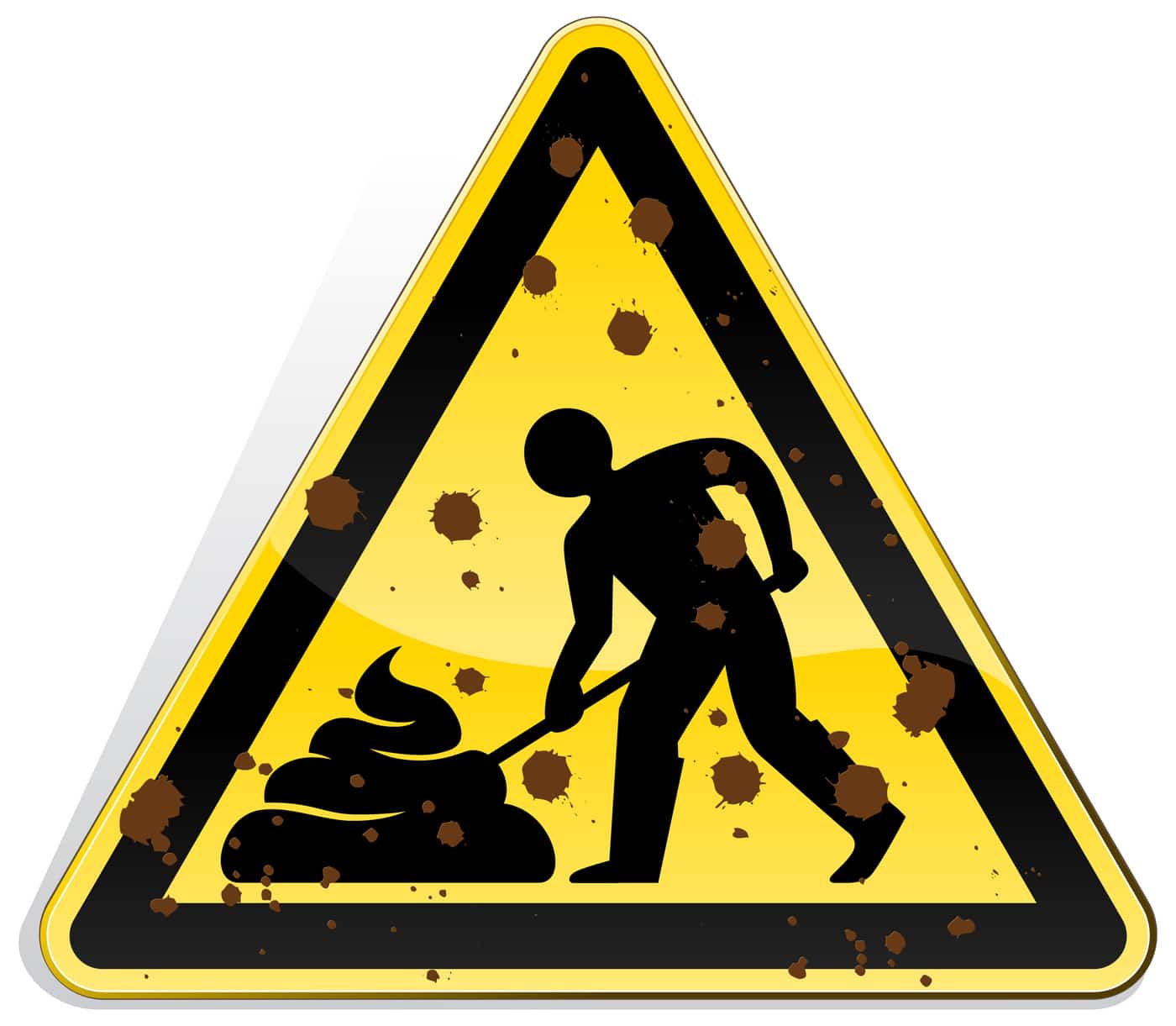In a recent edition of Safety Express, a newsletter from WorkSafe Victoria, Clarke Martin outlined the benefits of WorkSafe’s Owner Visit program to one regional company. This good news story needed more depth and detail so Clark Martin provided SafetyAt WorkBlog with additional information.
 The Safety Express article outlined that a company of over 200 employees gained advice through WorkSafe’s free 6-hour consultancy service and has
The Safety Express article outlined that a company of over 200 employees gained advice through WorkSafe’s free 6-hour consultancy service and has
“…made significant savings in insurance premiums over a two-year period. The financial and safety benefits are continuing today.”
“The company agreed to make significant changes to the way the business managed its OHS and RTW, and the financial management of premium costs.”
“WorkSafe worked with the company for two years and in this time the EPR dropped to just 34 per cent above average and work is continuing to further improve its performance. The company advised WorkSafe that savings achieved from reduced insurance premiums was equivalent to the profits on producing and selling an additional $16m of product.”
“EPR” means Employer Performance Rating and seems to be “a measure of performance again…industry peers”. There are two oblique references to the EPR in WorkSafe’s websites and it is clearly a workers’ compensation benchmarking tool. One of those references says that
“The employer’s ‘employer performance rating’ is included on the employer’s premium notice. You may request, but cannot compel the employer to provide this information. If an employer is reluctant to provide its ‘employer performance rating’, this may raise concerns regarding the host employers OHS performance.”
More information on EPR, its application and its relevance to OHS management should be made available on this by WorkSafe. (The actual calculation was listed in the 14 June 2012 edition of the Victorian Government Periodical Gazette).
Martin says that this company has expended “considerable” capital on the issues and plans to continue to do so”. If WorkSafe can provide costings for such a commendable turnaround of fortune as indicated in the quotes above, there are many other companies that may benefit. Also employers would be able to understand just how much needs to be spent on OHS to get to both compliance and a more profitable situation.
Turning around poor safety performance is clearly not cheap. Martin advised that the company has contracted
- “external expertise when required,
- an ergonomist, [and]
- a physiotherapist … for 2 days a week “
This is on top of the increased commitment required by the Managing Director and staff.
It is also useful to note the deficiencies that were identified by the initial OHS adviser (a free 6-hour service by WorkSafe). The Safety Improvement Plan indicated the following:
- “Management Training
- Position Descriptions including KPI’s, consultation
- Strategic Planning – Objectives and Targets. Legal and other requirements. Meetings/communication and internal newsletter.
- Reporting – KPI’s, Management, performance review and Board review.
- Specific OHS/RTW procedures – Risk Management, Consultation, Incident reporting and investigation, Legal compliance.
- Review of organisational OHS Policy and integration into business as usual.
- Training needs analysis
- Supervisor Training
- Reviewing SOP’S
- Improving communication and consultation
- Developing methodology and procedures for Risk Assessments, Contractor Management, Hazard Identification, Return to Work, Plant and equipment.
- Ergonomics and Manual Handling.”
There are several lessons from this brief and thin case study.
Companies should avail themselves of as many of the free support and advice services that an OHS regulator has to offer. Clearly WorkSafe continued to review and monitor this company’s performance as
“The original plan and the further developed iterations were monitored by a WorkSafe Inspector who also provided advice along the way”
Companies that under resource their OHS management will come to the attention of the OHS regulator through workers’ compensation figures and the EPR.
Companies need to determine the cost of OHS as part of the initial business planning so that expenditure surprises are minimised. OHS regulators are in a unique position here to provide case studies with detailed costs and expenditures.
Most importantly though is the realisation that some Victorian companies still do not understand their safety obligations and the legislative expectations of the OHS regulatory agencies. WorkSafe Victoria raises awareness of OHS matters in the community generally but is still struggling to have Victorian businesses take responsibility for their own safety management, to the extent anticipated by, and promoted, by Lord Robens in the 1970s and Victoria’s OHS legislation from the 1980s.
The new Work Health and Safety laws place a positive duty on companies and executives to look after workers’ safety, health and welfare but if companies still cannot manage safety adequately over thirty years after OHS laws required them to, achieving compliance on a positive duty will be like pushing manure up a very steep incline.

The EPR is described on the WorkCover annual premium statement that every employer in Victoria receives. Including that 1.0 is the industry average for the particular industry.
Anything above 1.0 would put you in the category of performing poorly compared with (the average) of your peers.
The numbers and calculations are very plainly set out.
It’s not a great leap to say that a high EPR would make you a target for WorkSafe’s interest, surely?
Insurance funds operate by pooling money to share the risk. WorkCover payments have to come from somewhere. A high EPR would say that you need to contribute more because you are taking more. It’s the same as being a high-risk car driver finding insurance.
This benchmarking measure has been around for decades.